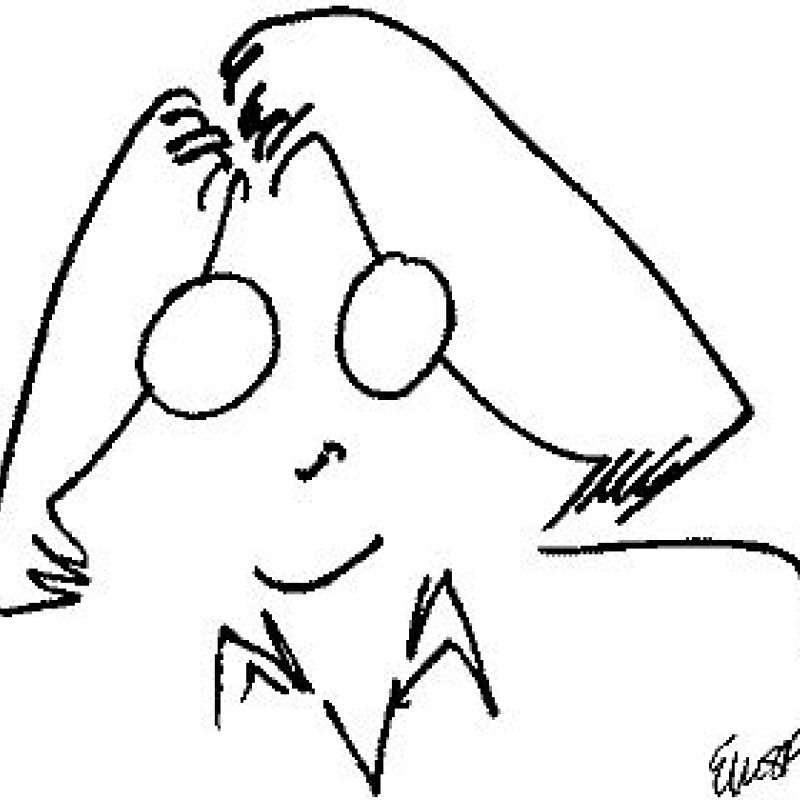From Our Blog

Finding Your Hot Premise: Boiling Down Your Story Idea Into the Simplest Terms
We’ve all had that experience of stepping into an elevator, realizing you’re in there with an editor or an agent, and he or she asks you what you’re working on. As you stammer out your long-winded answer (starting off with the classic “Well, it’s complicated”), the moment ends (i.e., the elevator door opens) and said editor or agent goes their way. Could you have made use of that opportunity by…

It is a truth universally acknowledged that stories have a beginning, middle, and an end. For some authors, the beginning of the story gives them trouble as they grapple with whether to start a book in medias res (“in the midst of things”), when the reader and character are plunged into a crucial situation, or by conveying the protagonist’s everyday world so the reader bonds with that character…

Tropes, characters, and story What do you think of when you hear the word trope? Do you think of a story building block? Or an overused concept?
These days, we hear about tropes often, but the meaning is less specific. Some writers love them, while others loathe them. One constant is that tropes are a storytelling staple stemming from fairy and folk tales.
Tropes are valuable storytelling build…

I recently finished writing my 18th book. To some that makes me a baby writer, but to others it’s seasoned writer territory. Wherever you fall on that scale, I think we can all agree that by book 18 you’ve probably figured out the basic structure of a book and reader expectations for your genre. That doesn’t mean you won’t run into issues while writing.
My issue with book 18 was that I could no…

Red Herrings & Plot Details: How to Keep Track of Them & Not Leave Them Hanging
In fiction, the term “red herring” is a technique designed to distract the reader by introducing misleading information. It’s a false clue, meant to deceive, before the truth is revealed.
Take a look at your latest story. Have all your plot twists been resolved? Do you have any red herring plot threads that you overlooked? There’s nothing more frustrating than finishing your book, tweaking ever…

“What’s in a name? That which we call a rose, By any other word would smell as sweet.” —Juliet
The naming of our characters runs the gamut. Our characters are “ours” and character names provide opportunities for authors to expand the emotion, impact, and resonance of their stories.
Or as Elizabeth Ann West, author of 25 books and a digital publishing professional for over a decade said, “A name…
